
CATHY HUGHES: THE MOTHER OF BLACK MEDIA POWER
The Untold Rise of the Woman Who Built Urban One, the Largest Black-Owned Media Company in America
INTRODUCTION: THE BLUEPRINT THEY NEVER TAUGHT US
Cathy Hughes, Urban One (formerly Radio One) stands today as the largest Black-owned media conglomerate in the United States, spanning television, radio, digital media, and advertising.
Cathy Hughes didn’t just build a media company. She engineered a cultural empire. What began as one struggling AM radio station became a communications network that gave Black America its own frequency, its own face, and its own voice in a nation that often muted it.
Yet, its foundation was laid by one black woman with no safety net, no inheritance, and no option to fail. Her story is the embodiment of vision turned into structure, courage turned into commerce, and passion turned into generational wealth.
This is not a normal biography: it is a blueprint for cultural sovereignty, told through the timeline of a woman who refused to bow to limitation.
PART I: ORIGINS (1947–1970): THE ROOTS OF A MEDIA ARCHITECT
1947: Birth in Omaha, Nebraska
Catherine Elizabeth Woods was born on April 22, 1947(Taurus), in Omaha, Nebraska. Her mother was a devoted educator, her father an accountant for the federal government. Education, discipline, and service to community were the pillars of her upbringing.
But Omaha in the 1950s was still scarred by segregation. Black families faced barriers at every level: economic, social, and cultural. Those early restrictions sharpened Hughes’s resolve and gave her a lifelong awareness of how systems control access to power. She grew up knowing she’d have to break her own locks.
Teenage Motherhood & Early Adversity
At sixteen, Hughes became a mother. In a society that labeled her future a failure, she forged a new path. With her son Alfred Liggins III, she built purpose through responsibility. This was her first test of leadership, her first empire: the family she refused to let crumble.
From that crucible emerged her personal code:
“No one is coming to save you. Your voice can create opportunity where none exists.”
That sentence became prophecy. It was the root of the Cathy Hughes Doctrine: self-reliance powered by creativity.
PART II: THE AWAKENING (1970–1979): RADIO AS REVOLUTION
Howard University & WHUR: The Laboratory of Genius
In the early 1970s, Hughes joined Howard University’s School of Communications and became general sales manager for WHUR-FM. The station was struggling financially and lacked cultural rhythm. Hughes brought both science and soul to the airwaves.
She developed the now-legendary “Quiet Storm” format: a smooth, emotionally charged night program that blended R&B, intimacy, and storytelling. Within a year, revenue surged from $250,000 to over $3 million. The format went national, transforming radio culture and inspiring generations of programmers.
It was the first time corporate America acknowledged that the Black audience wasn’t a niche: it was a market force. Hughes had found her weapon: media with intention.
PART III: RADIO ONE IS BORN (1980–1990): THE FIGHT FOR OWNERSHIP
1980: The Power Move That Changed Everything
In 1980, Cathy Hughes purchased WOL-AM in Washington, D.C.: a defiant act of faith that defied every financial rule of the era. She was denied loans 32 times, dismissed by banks that refused to believe a Black woman could run a profitable station. She mortgaged her home, risked everything, and signed the papers anyway.
When the deal closed, hardship struck again. She lost her house and slept on the studio floor with her son. Yet those long nights birthed something bigger than comfort: a vision for Black media ownership.
WOL became more than a station. It was a cultural fortress broadcasting truth, politics, spirituality, economics, and neighborhood voices. It became the heart of Black D.C., where the microphone belonged to the people.
Her formula was revolutionary: Community first. Profit second. Power forever.
PART IV: THE EMPIRE EXPANDS (1990–2005): RADIO ONE → URBAN ONE
Through the 1990s, Radio One began acquiring underperforming stations across major Black markets: Atlanta, Baltimore, Cleveland, Detroit, Houston, and beyond. Hughes saw what others couldn’t: undervalued signals sitting on cultural gold.
She elevated local hosts into community leaders, creating a web of trusted voices who reflected authentic Black experiences. Advertisers finally realized that reaching the culture required going through Radio One.
1999–2000: The Wall Street Revolution
In 1999, Radio One went public on NASDAQ under the ticker UONE, making Hughes the first Black woman in American history to lead a publicly traded company. The IPO was more than a business event: it was the birth of financial sovereignty.
Her son, Alfred Liggins III, became CEO, guiding expansion into television and digital media. Together, they transformed Radio One into Urban One, a corporation representing every facet of the Black experience.
PART V: TV ONE: REDEFINING BLACK TELEVISION (2004–PRESENT)
Why TV One Was Necessary
By 2004, BET had established the music side of the culture. Hughes saw another lane: the need for sophisticated, narrative-driven programming for mature Black audiences who wanted reflection instead of repetition.
TV One launched to fill that void, showcasing authentic stories about family, legacy, business, and achievement. It became the home of:
- Original films and documentaries
- Black excellence talk shows and award programs
- True crime series and biographies
- Lifestyle and historical features
TV One showed that representation isn’t charity: it’s strategy. Hughes proved that authentic Black storytelling could lead the mainstream instead of being filtered by it.
PART VI: THE DIGITAL ARMORY (2010–2025): CONQUERING THE INTERNET
Hughes and Liggins predicted the digital revolution. Through iOne Digital, they built an ecosystem of powerful media brands that shaped online Black culture:
- Bossip – Pop culture and celebrity commentary
- MadameNoire – Black women’s empowerment and lifestyle
- HipHopWired – Music, tech, and street culture
- Cassius Life – Millennial lifestyle and expression
- HelloBeautiful – Beauty, health, and personal development
- GlobalGrind – News, activism, and entertainment
Combined, these platforms drew hundreds of millions of impressions monthly, forming an online empire of influence. Urban One didn’t just adapt to the digital age: it defined it.
Reach Media: Syndication Powerhouse
Through Reach Media, Hughes extended her empire’s voice nationwide with shows like:
- The Rickey Smiley Morning Show
- The DL Hughley Show
- The Tom Joyner Morning Show
Urban One became the only Black-owned media company with simultaneous dominance across radio, television, and digital platforms.
PART VII: URBAN ONE IN 2025: THE MODERN BLACK MEDIA SUPERPOWER
As of 2025, Urban One operates as a fully integrated network:
- 74 broadcast stations in 13 major markets
- 57 FM/AM channels and 15 HD stations
- 2 low-power TV networks
- TV One and CLEO TV
- iOne Digital’s online empire
- Reach Media’s syndicated influence
One Solution Advertising, bridging corporations to the Black market
Urban One now integrates AI-driven broadcasting, automated workflows, and real-time audience analytics. Hughes’s company has evolved from analog roots to digital leadership: a fusion of culture and computation.
She didn’t just build a network; she designed a cultural operating system for the next century.
PART VIII: THE POWER CONCLUSION: WHY CATHY HUGHES MATTERS NOW MORE THAN EVER
Cathy Hughes stands as proof that cultural ownership equals survival. She embodies the three pillars of Black sovereignty:
1. Ownership of Distribution – Control your pipelines of power.
2. Control of Narrative – Shape how your truth is told.
3. Creation of Economic Systems – Transform culture into currency.
She entered industries designed to reject her and turned them into monuments of Black excellence. For readers of Primal Mogul AI, her life is a case study in calculated rebellion—a lesson in how to move from hustle to infrastructure.
To think like Cathy Hughes is to act like an architect.
To own like Cathy Hughes is to control the frequency of your destiny.
PART IX: FAQ: CATHY HUGHES & URBAN ONE
Q: How did Cathy Hughes start Radio One?
A: She purchased WOL-AM in 1980 after being denied loans 32 times, mortgaging her own home to make it happen.
Q: How many stations does Urban One own today?
A: 74 stations across 13 major markets.
Q: What digital brands fall under Urban One?
A: Bossip, MadameNoire, HipHopWired, Cassius, HelloBeautiful, and more.
Q: Is Urban One still Black-owned?
A: Yes. The Hughes family maintains controlling ownership.
Q: Why is Cathy Hughes historically significant?
A: She is the first Black woman to lead a publicly traded company in the U.S. and one of the most powerful figures in media history.
BUILD YOUR OWN MEDIA EMPIRE
If Cathy Hughes could build a billion-dollar media powerhouse with one radio station, imagine what you can create with AI, automation, and a digital war room at your command.
🔥 Join Primal Mogul AI Elite: the private membership for creators, hustlers, founders, and future moguls.
👉 Join Now
📘 Download the book:
The New Black Wall Street: Sovereign Power, Wealth and Ownership for Black America
The new era of Black ownership has already begun.
Primal Mogul AI is your next evolution of power.

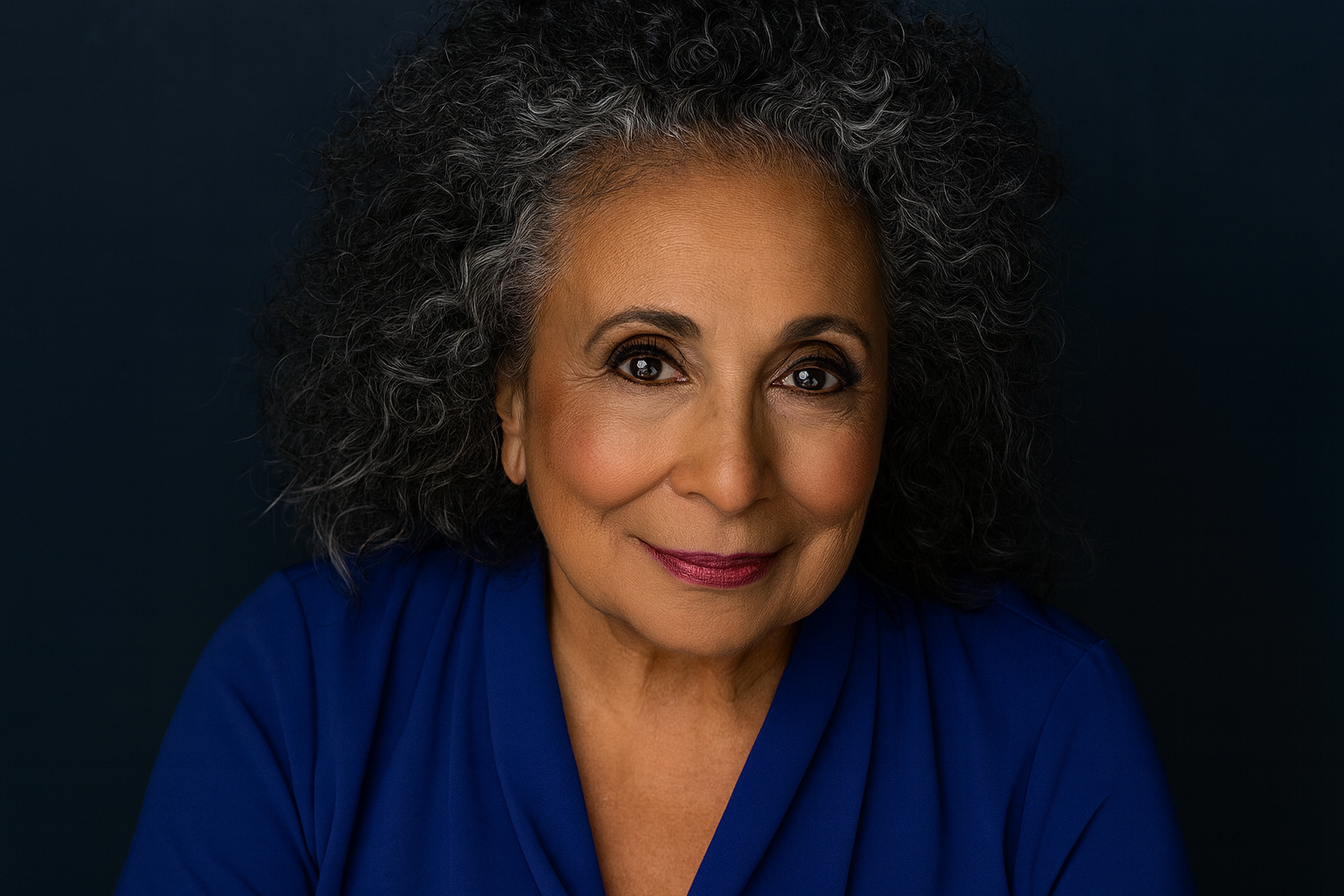

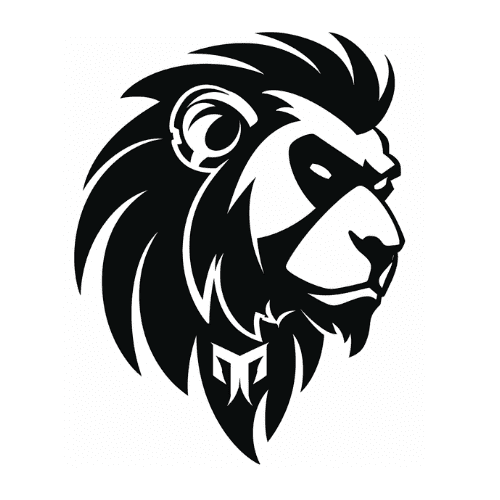
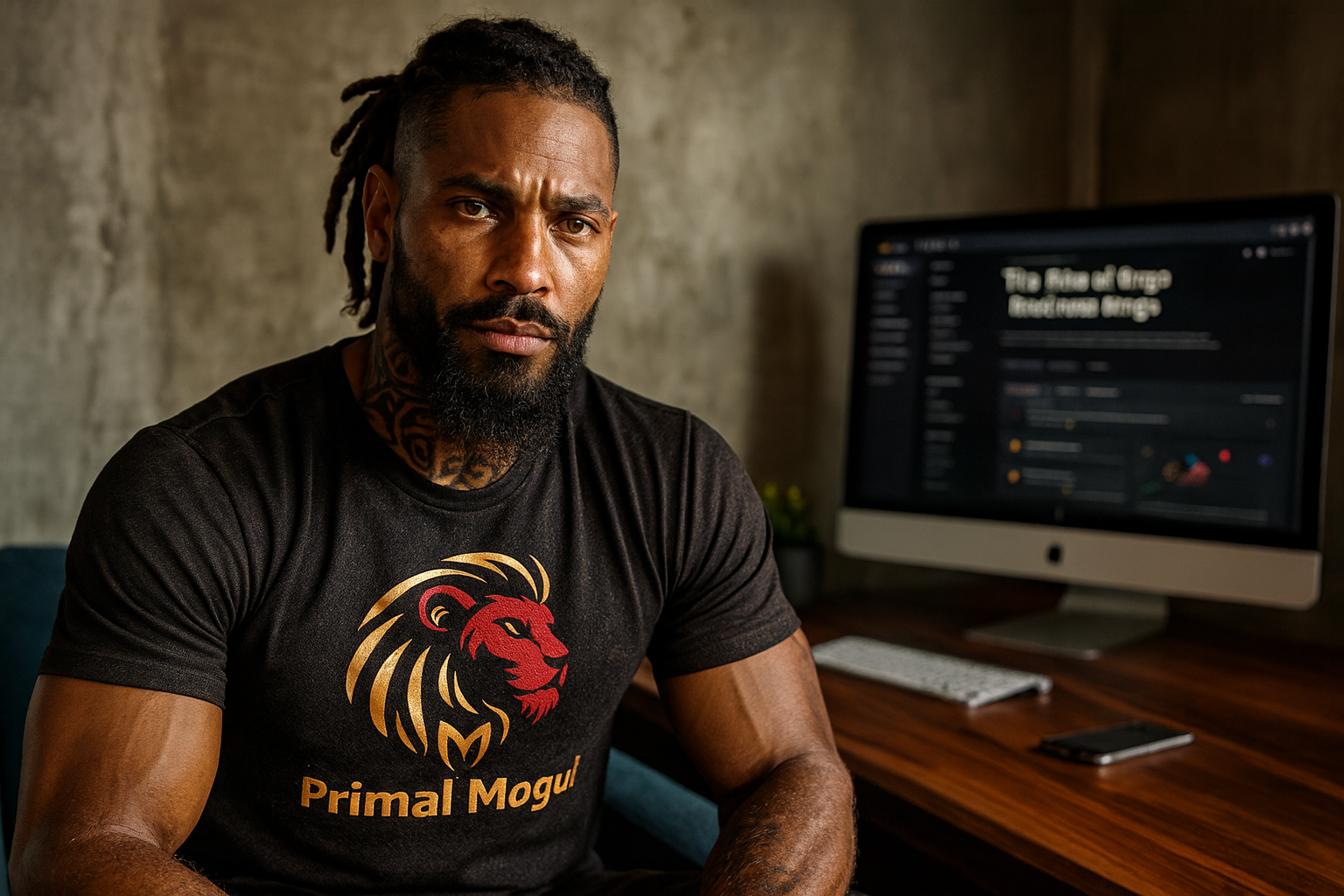
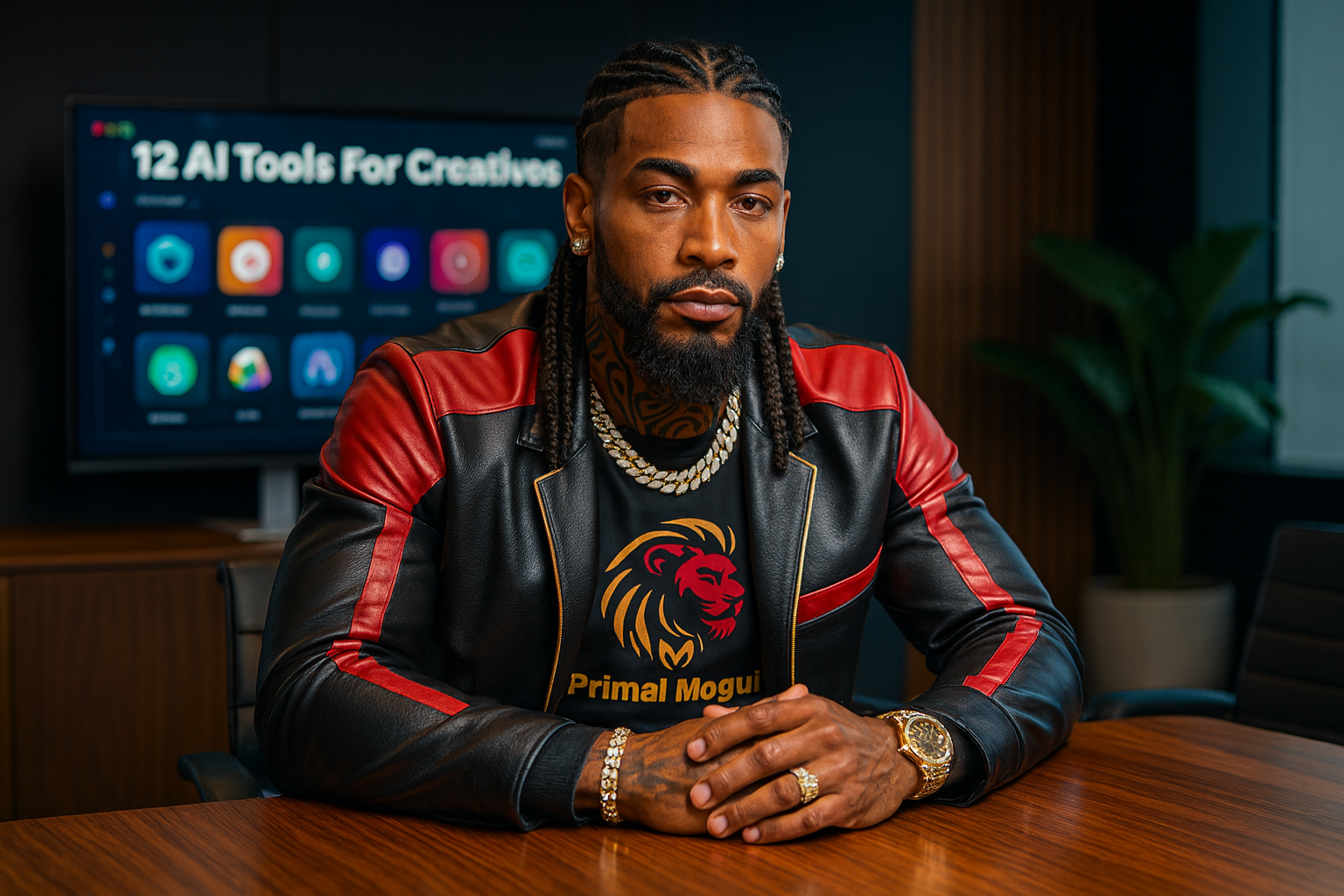
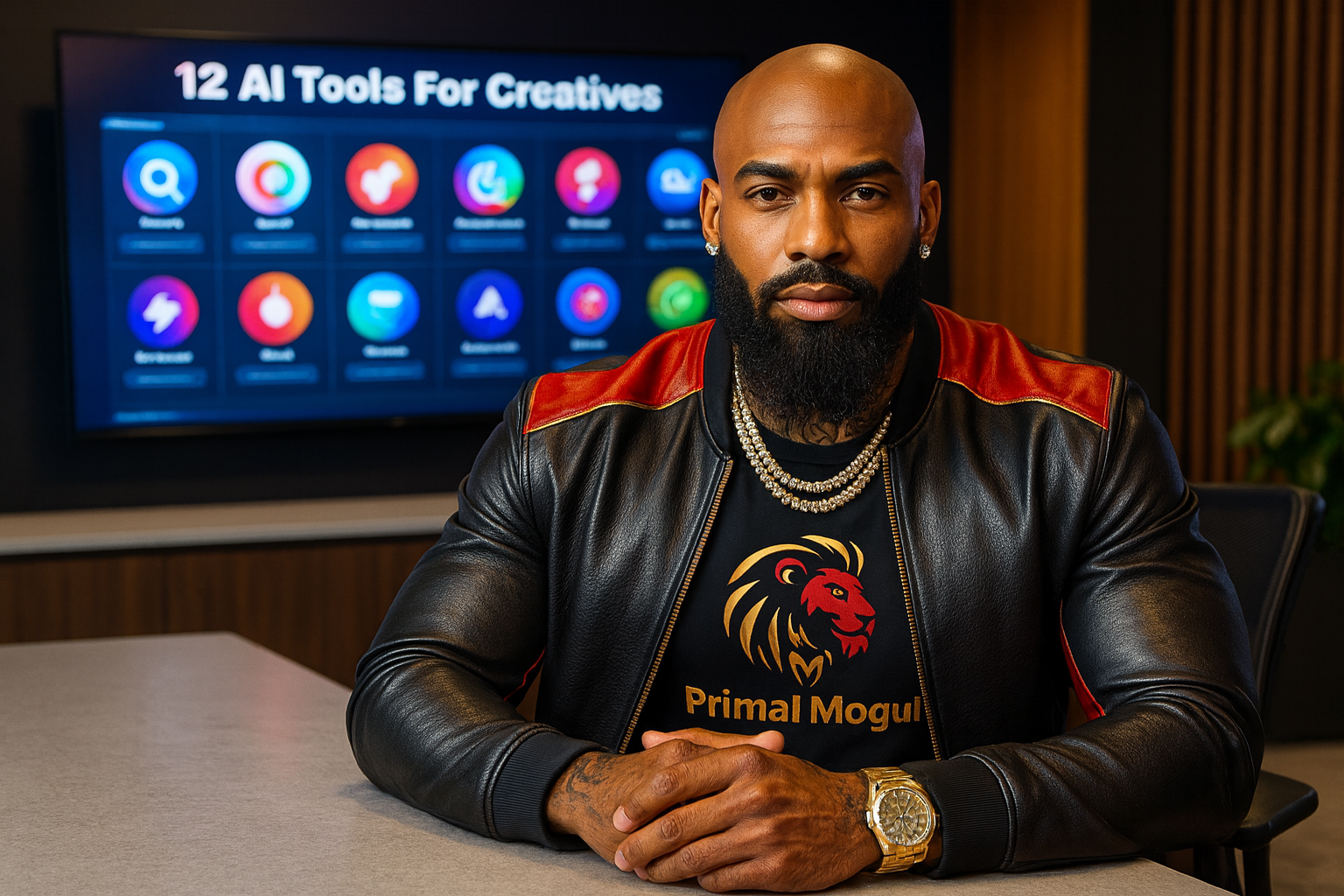
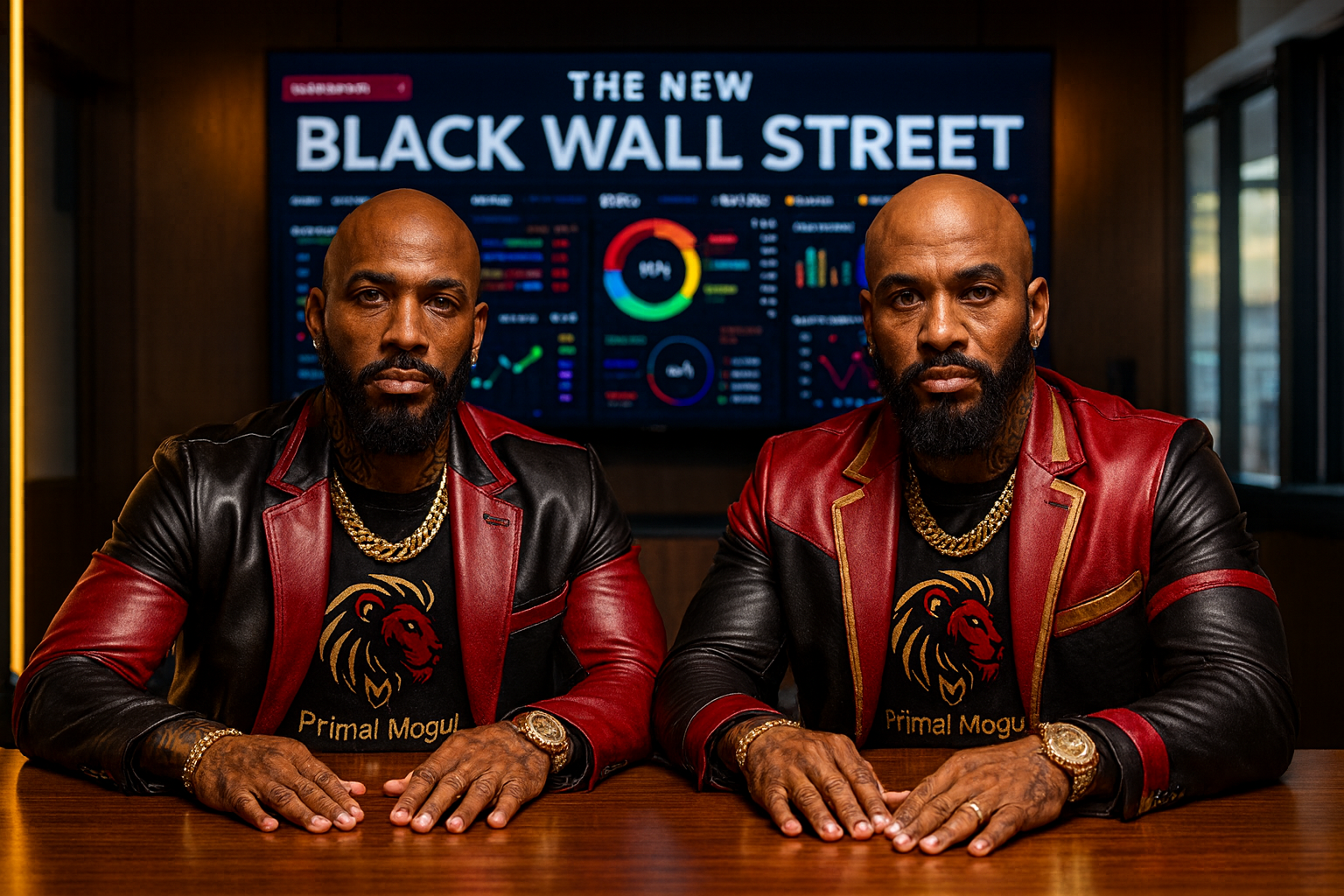

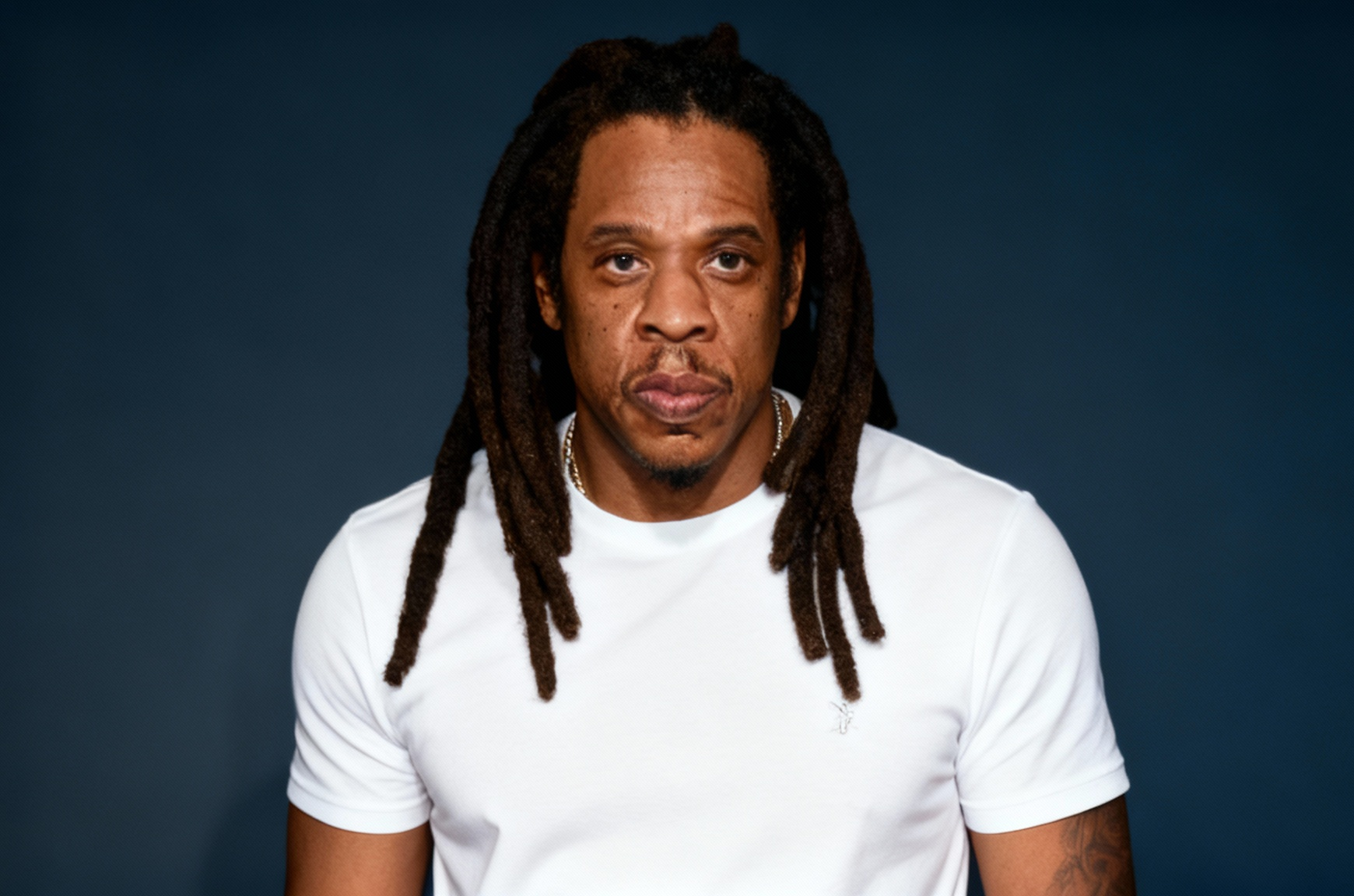
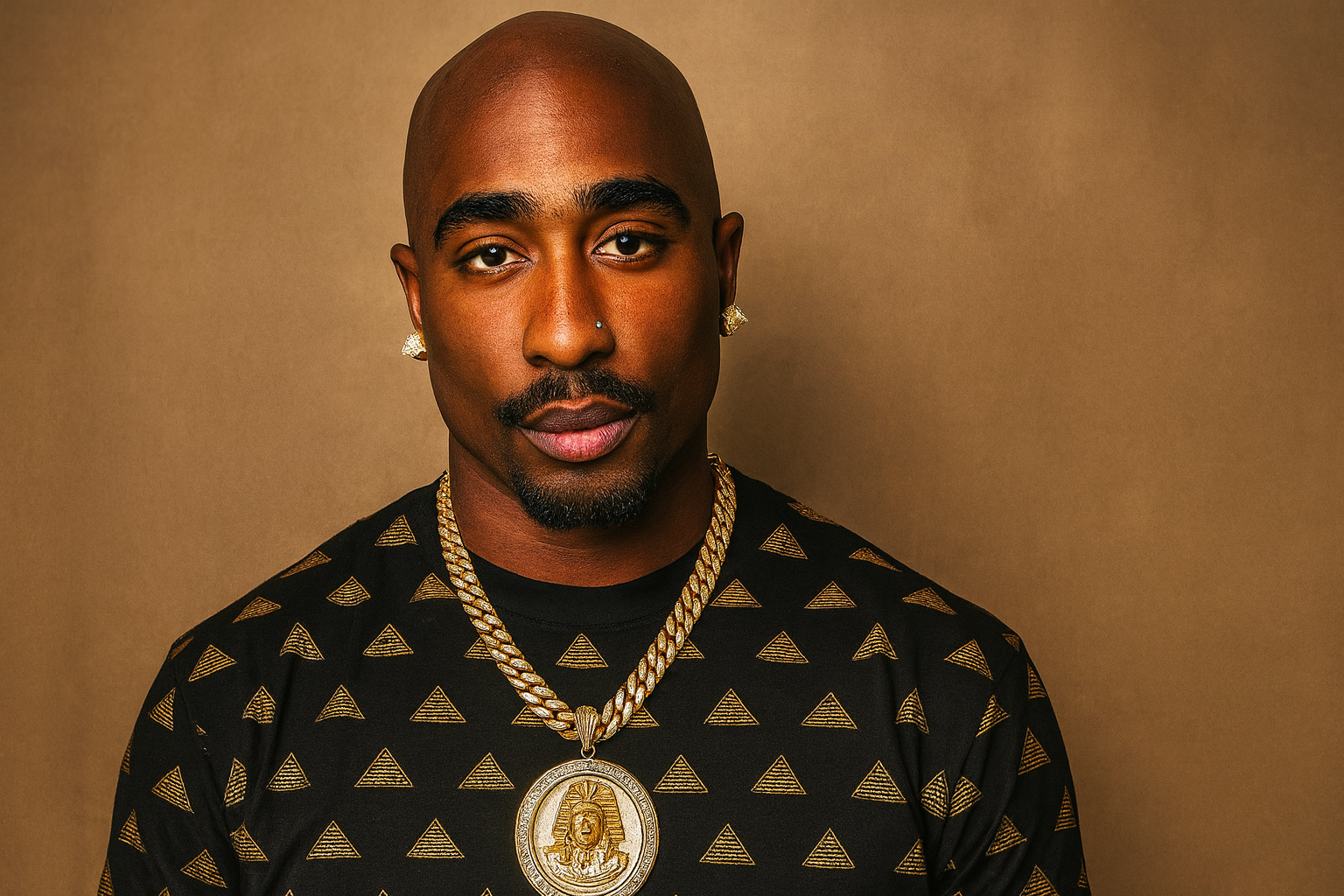
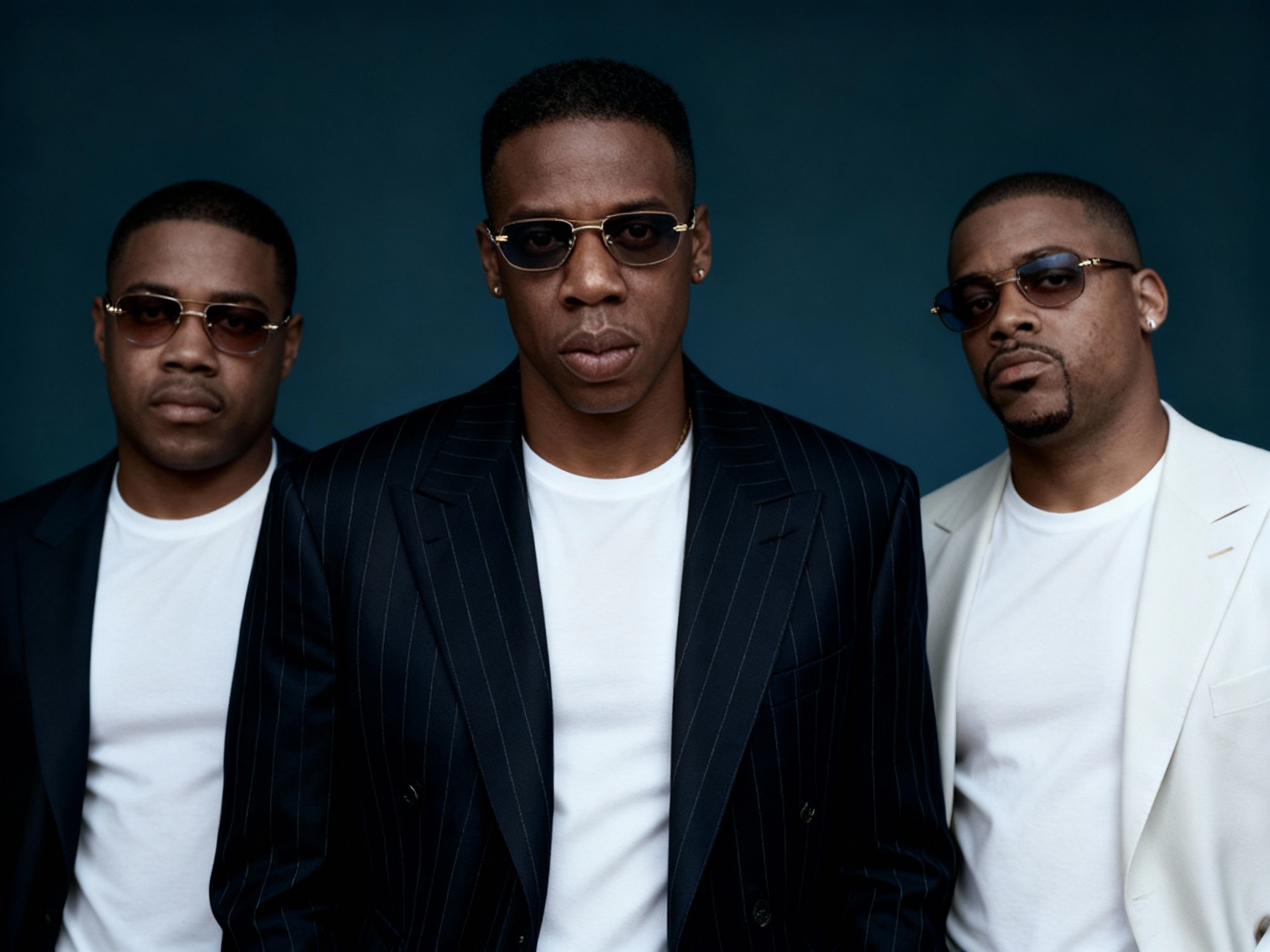
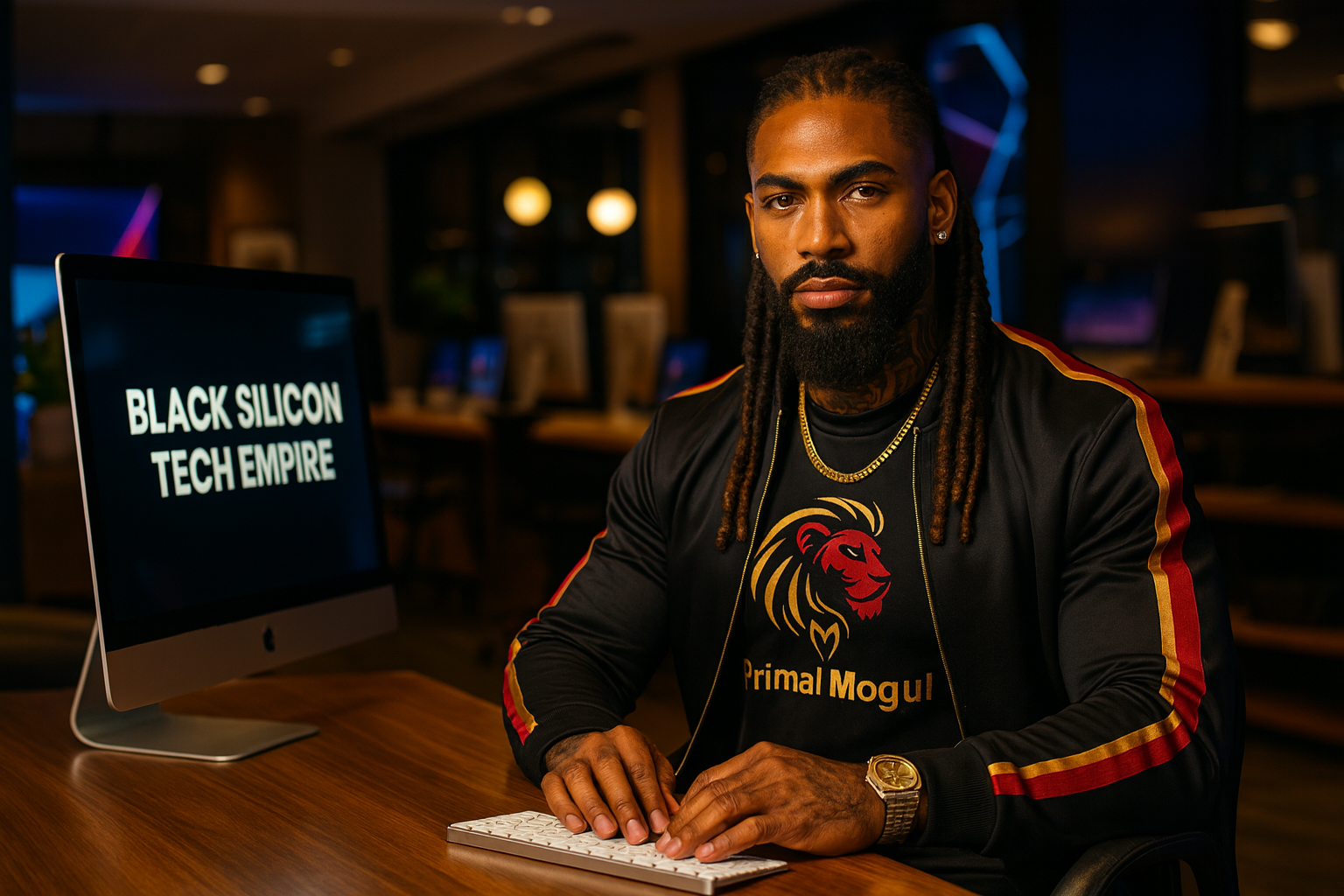
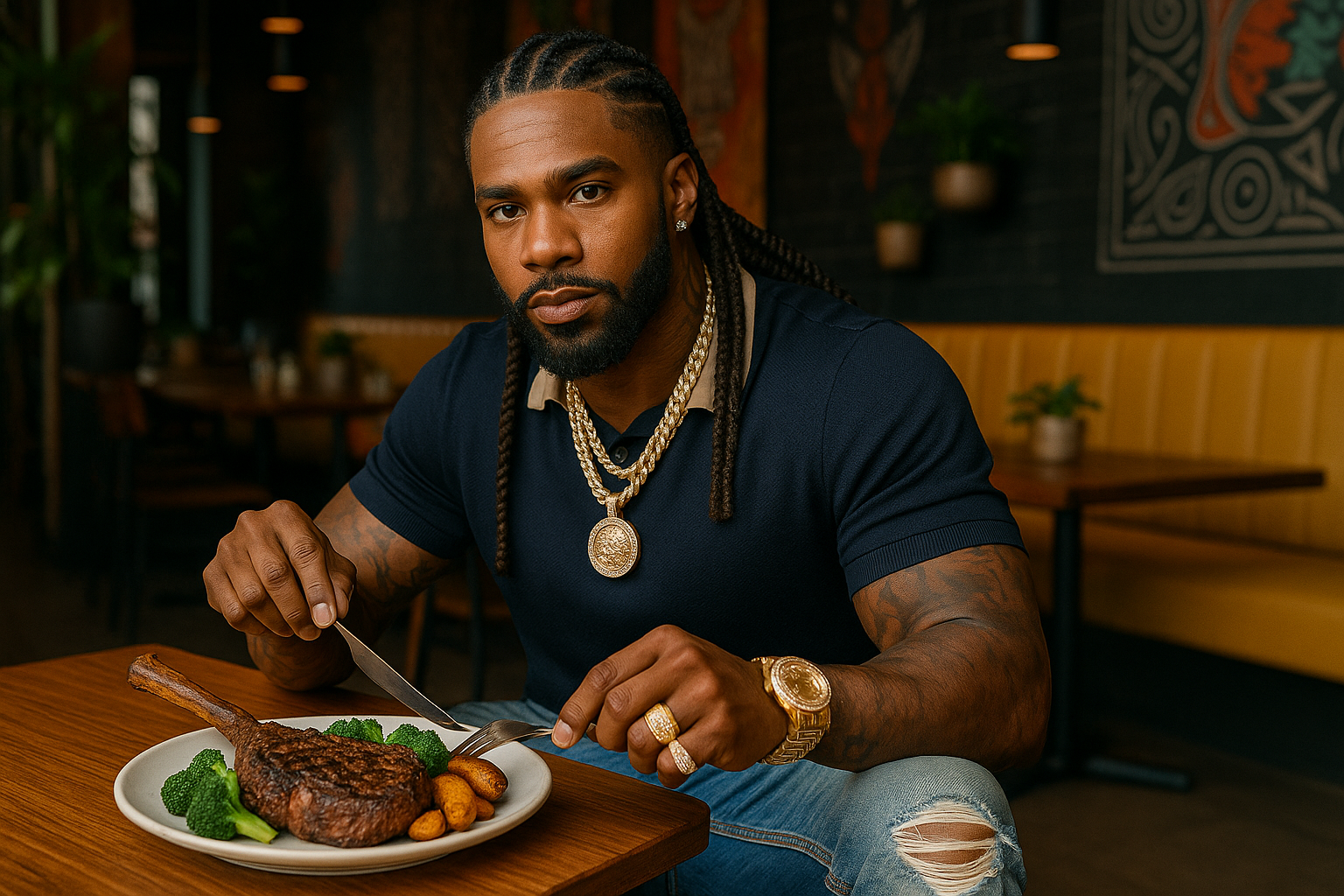
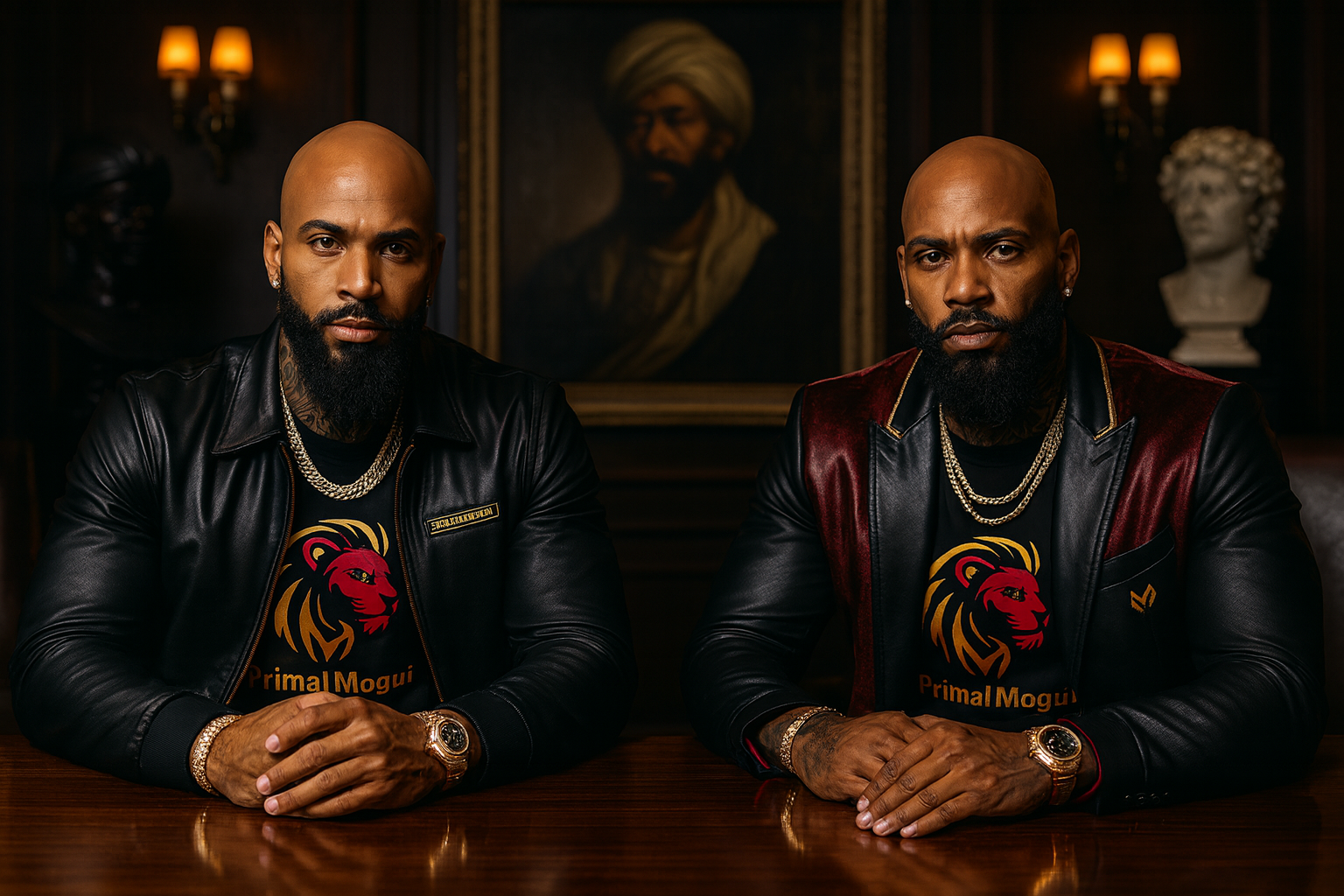

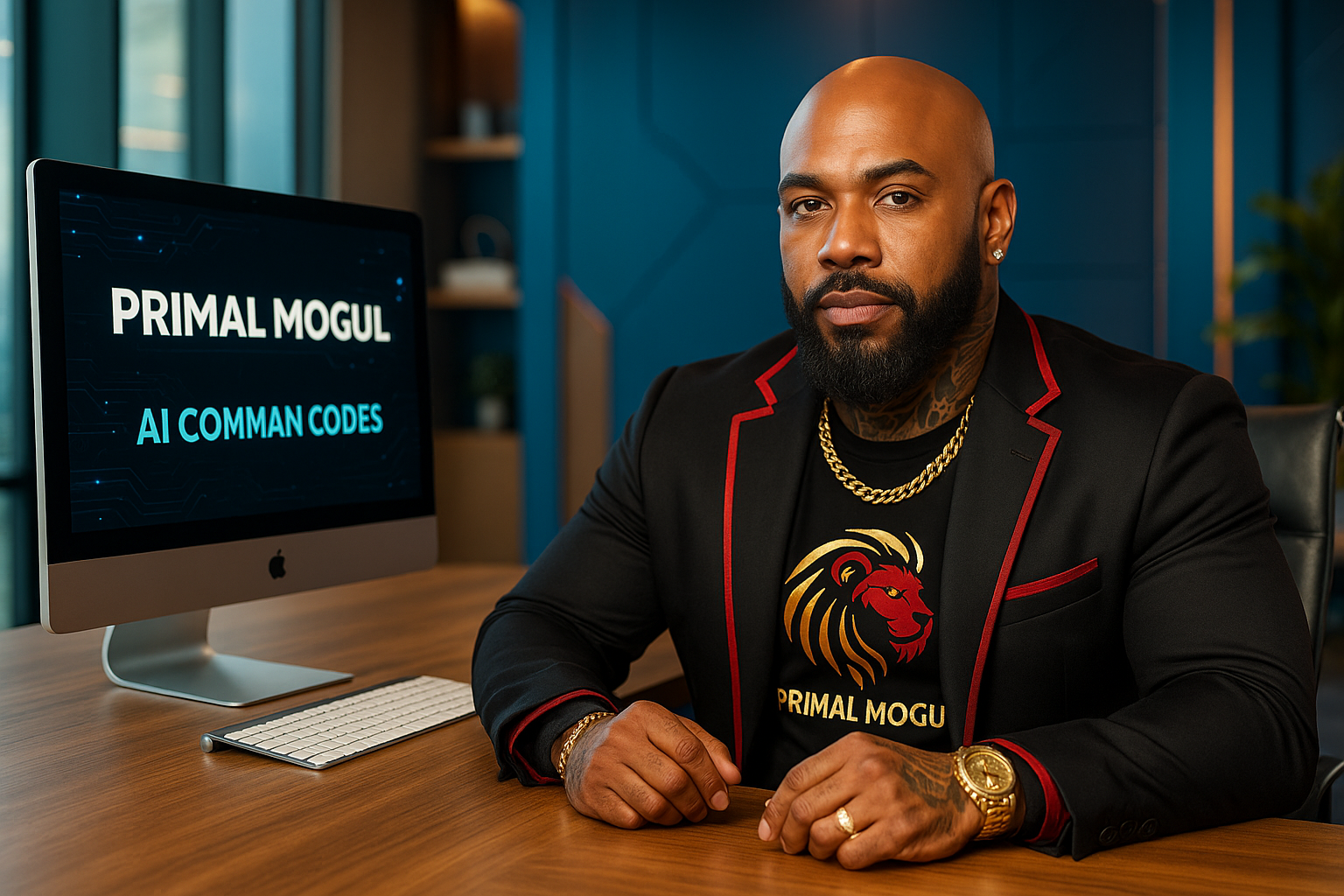
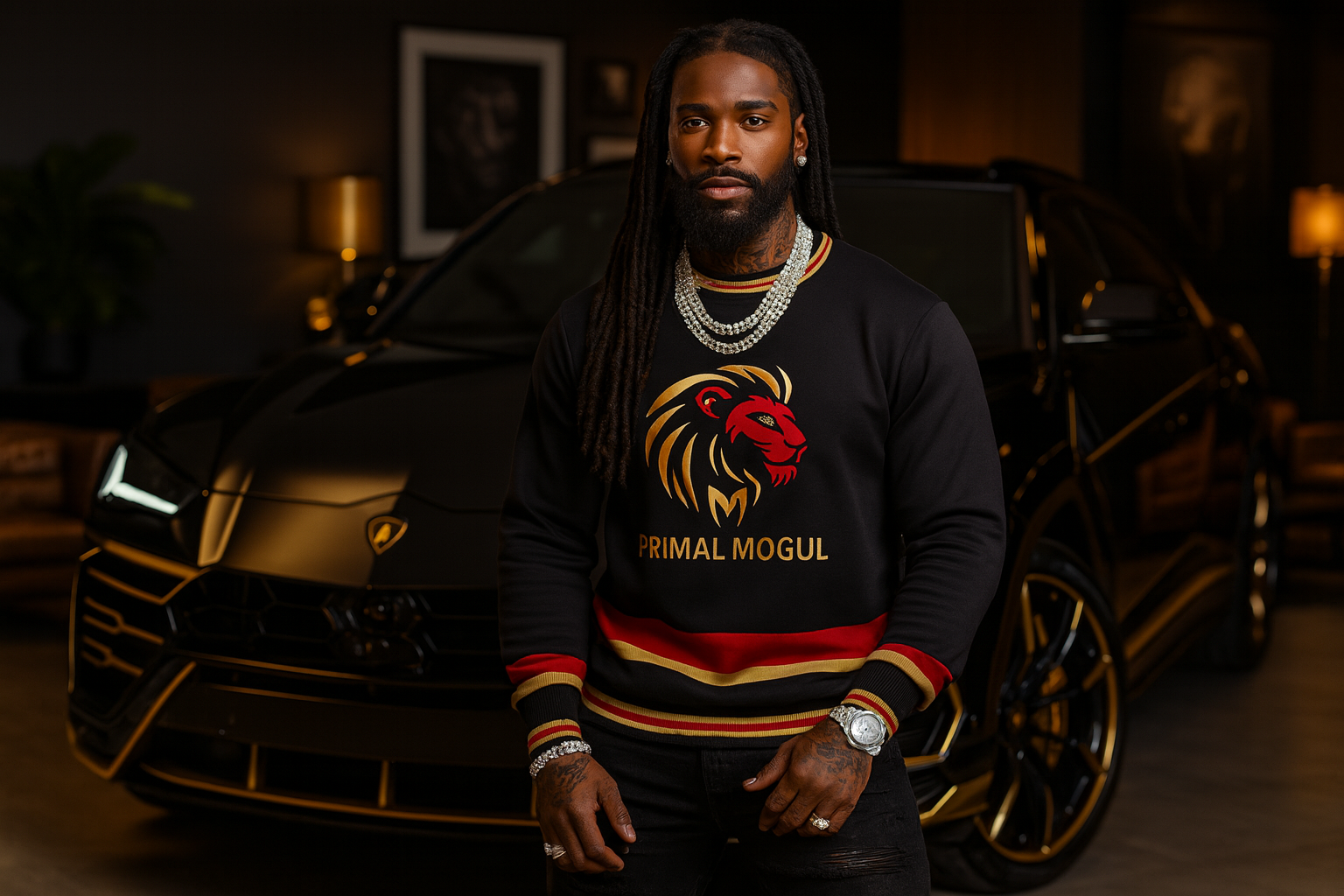


Leave a Reply